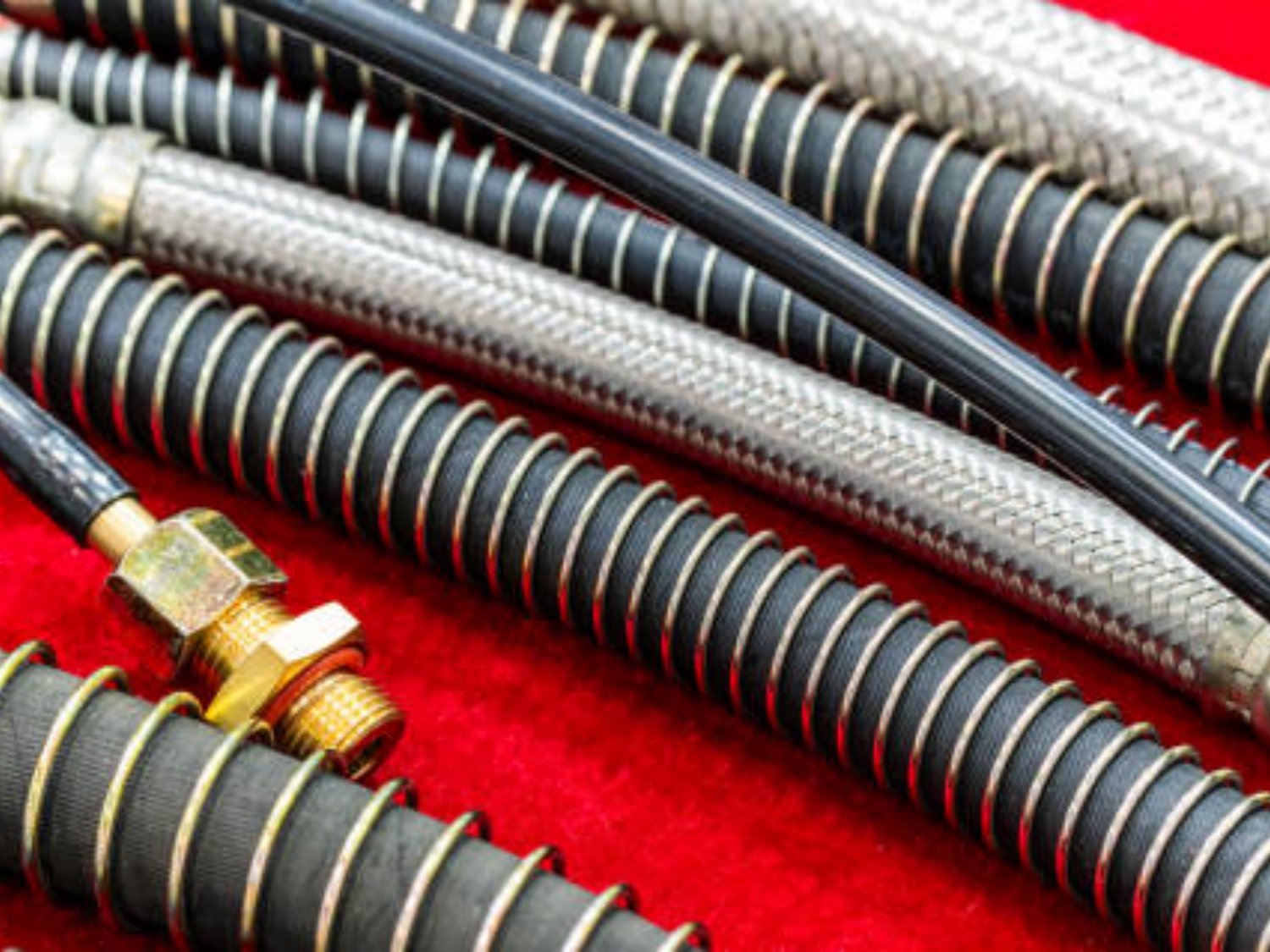Understanding Spring Tension
Before we dive into the nitty-gritty of adjusting spring tension, let's first understand what it is. Simply put, spring tension is the force exerted by a spring when it is compressed or stretched. The amount of force depends on the type of spring, its dimensions, and the amount of compression or stretch it undergoes.
Why Adjust Spring Tension?
Now that we have an idea of what spring tension is, let's talk about why we need to adjust it. There are several reasons why you might want to adjust spring tension. For instance, you might want to:
- loosen a spring that is too tight
- tighten a spring that is too loose
- modify the performance of a spring-operated object
- compensate for wear and tear
Tools You'll Need
Adjusting spring tension is not a difficult task, but it does require certain tools. Here are the basic tools you'll need:
- adjustable wrench
- pliers
- screwdriver
- spring compression tool
How to Loosen Spring Tension
If you need to loosen a tight spring, follow these steps:
- Identify the points of attachment of the spring.
- Use pliers to adjust the tension or to assist in the removal of the spring.
- Be mindful that when a spring is under tension, it can release quickly and unexpectedly.
How to Tighten Spring Tension
If you need to tighten a loose spring, follow these steps:
- Identify the points of attachment of the spring.
- Use a spring compression tool to compress the spring to the desired length. Be sure to follow manufacturer instructions for using a compression tool.
- Install the compressed spring into the object, making sure it is properly attached at both ends.
Modifying Spring Performance
If you need to modify the performance of a spring, follow these steps:
- Identify the points of attachment of the spring.
- Remove the spring from the object. Determine the type of spring you are dealing with, as different types have different characteristics and can be modified in different ways.
- Use pliers and a screwdriver to adjust the spring length or tension.
- Reinstall the spring back in the object and test its performance.
Compensating for Wear and Tear
If your spring has lost its original tension due to wear and tear, you may need to replace it. Follow these steps to replace a spring:
- Identify the points of attachment of the spring.
- Remove the old spring from the object.
- Measure the dimensions of the old spring, including its diameter, length, and pitch.
- Select a new spring with the same dimensions.
- Install the new spring into the object, making sure it is properly attached at both ends.
Final Thoughts
Adjusting spring tension is an important skill for anyone working with spring-operated objects. With the proper tools and knowledge, you can easily loosen or tighten a spring, modify its performance, or replace it altogether. Remember to always practice caution when working with springs, as they can be dangerous if not handled properly.

